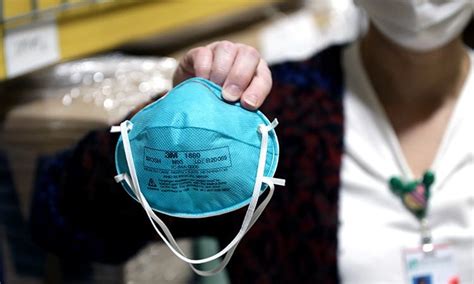As we continue to navigate the unfolding complexities of the COVID-19 pandemic, recent findings from the University of Maryland have stirred up significant discourse regarding the efficacy of N95 masks. According to the study, certain styles of N95 masks, such as the duckbill variant, were found to block 99% of larger virus particles and 98% of smaller ones. This level of efficacy has prompted discussions not only about the reliability of these masks but also about the broader implications of mask-wearing in public health initiatives.
One of the primary concerns raised in the online community revolves around the fit and long-term wear habits of masks. As user ptliddle points out, the issue of fit has always been a crucial factor in the effectiveness of masks. N95 materials were never the problem; rather, ensuring a proper seal and fit is what determines their overall protection. This brings us to an important consideration: the education and training required to wear these masks correctly. Without proper fit, even the most advanced masks could fail to provide the intended protection. This notion is supported by other comments, highlighting that both N95 and KN95 masks were tested in the study, each with varying degrees of efficacy.
The discussion continues with user wordofx, who underscores that masks are primarily designed to prevent the wearer from spreading the virus to others. This shifts the focus from personal protection to communal responsibility. However, as other commenters like leptons and hollerith argue, N95 masks, in particular, are engineered to protect the wearer from airborne particles, a fact supported by their historical use in various industrial settings. This dual functionality—protecting both the wearer and others—adds layers to the mask debate, complicating public health messaging and policies.
Further examination of user input reveals that there is a strong call for more effective mask options for the general public. Monksy emphasizes that options such as KF94s, KN95s, and FFP2s should have been more widely acknowledged and distributed. Unfortunately, the U.S. public health initiatives appeared to be a day late and a dollar short, not recognizing these advanced options in time to make a significant impact. The comparative analysis between various mask types, including the added layer of electret filtering in N95 masks, showcases a nuanced landscape that goes beyond simple mask mandates.
Another crucial dimension to this discourse is the socio-political context, as highlighted by users legitster and xattt. Masks and their efficacy evolved from a public health tool into a lightning rod for debate, influenced by everything from political ideologies to state actors allegedly amplifying anti-mask sentiments. The split in public opinion—between those who perceive masks as vital protective equipment and those who see them as an infringement on personal freedom—continues to influence both policy and personal decisions. It’s a reminder that public health strategies must navigate not just scientific truths but also societal beliefs and behaviors.
In conclusion, the UMD study has provided valuable insights into the effectiveness of N95 masks, but it has also reignited debates that go beyond the science. The importance of proper fit, the dual purpose of masks in protecting wearers and the community, and the varied acceptance of different mask types all play crucial roles in this ongoing conversation. As the world adapts to the evolving pandemic landscape, these discussions will undoubtedly shape the future of public health policies and individual behaviors. For those interested in more detailed information and the science behind these findings, you can explore resources such as the instructional OSHA video on mask fitting and articles from reputable sources on mask efficacy.


Leave a Reply